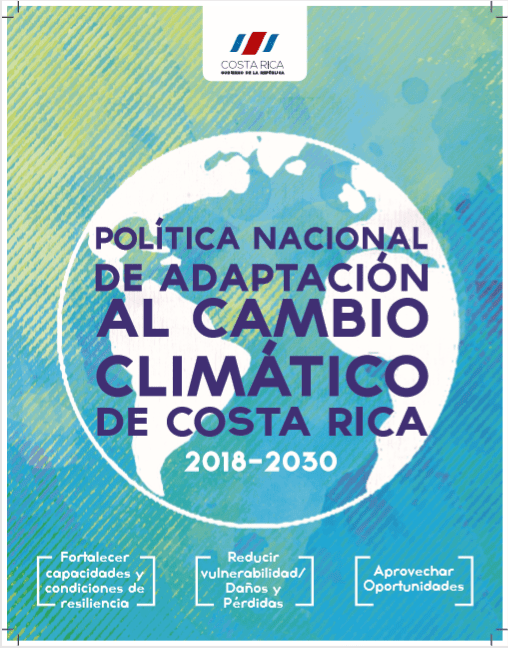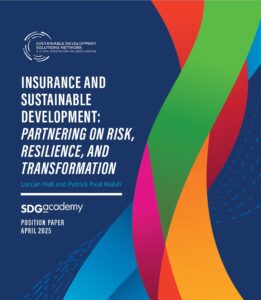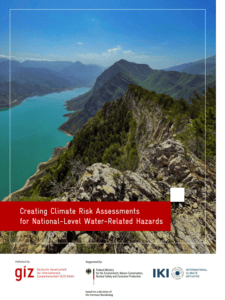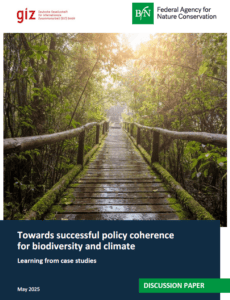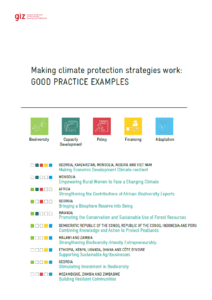For the transition into a carbon-neutral economy Costa Rica launched in July 2018 an ambitious NAP towards a resilient and decarbonized development with a transformative vision. The fact that 34% of the hydrometeorological losses were related to the infrastructure sector, shed a light on the vulnerability to climate extreme events of this sector. Hence, climate risk management (CRM) for infrastructure has been mainstreamed into the NAP throughout two complementary axes.
The first axis, knowledge management for climate change impact, climate services and development of local capacities will provide information and abilities and hence is a condition for the second axis, resilient climate services and infrastructure. Within the first axis, the open data policy poses a unique opportunity for the provision of climate services alike the development of a universal and public knowledge platform for streamlining information.
In addition, more useful and usable climate studies, report and analysis would allow for more comprehensive and accurate losses and damages evaluations, future climate scenarios and cost-benefit evaluations of adaptation measurements. A vulnerability assessment protocol based on the pilot climate risk assessment of the Guardia Bridge will be status-quo for ensuring climate-resilient infrastructure by which losses and damages to hydrometeorological events shall be reduced. The following presentation developed by the Directorate of Climate Change in Costa Rica (DCC) provides an overview of the guidelines included in the NAP with regard to CRM for infrastructure.

